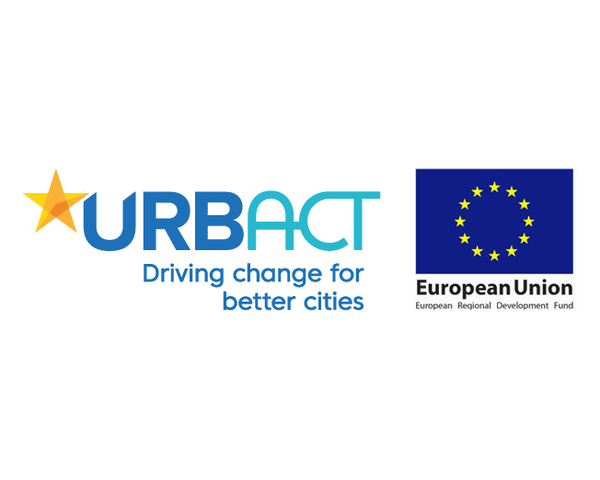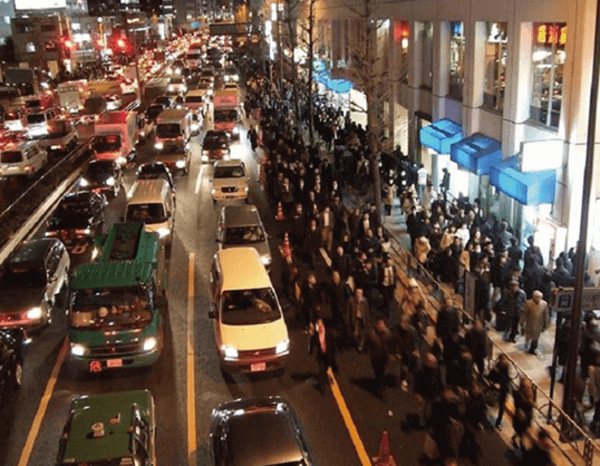The City of Aarhus is challenging the traditional welfare system by experimenting with models for self-budgeting in employment activities.
What would happen if the long-term unemployed were allowed to decide for themselves how the money that is spent every year to prepare them for the labour market, or at least some of it, should be used? The municipality of Aarhus in partnership with the University of Aarhus, The Social Development Centre and the Velux Foundation has initiated a two-year pilot project to give cash grants of up to DKK 50,000 (approx. €6,700) to 100 long-term unemployed citizens to help them in their efforts in finding or creating a job. The recipient of each grant is responsible for how the money is used and what it is spent on.
URBACT Good Practice Label
This project was awarded the 'URBACT Good Practice Label' in 2017.
The 2008 -2009 global recession and the Eurozone debt crisis significantly affected European economies, decreasing growth and increasing unemployment in many EU countries. Despite some signs of recovery, many EU countries continue to struggle with sluggish growth, high unemployment (especially among young people) and dissatisfied citizens.
In November 2013, the city council of Aarhus set up a Citizenship Committee comprising both citizens and politicians. The role of the Citizenship Committee was to develop a new policy for citizen participation, collaboration, and co-creation. The result of this work is a new Active Citizenship Policy.
The Committee has on several occasions helped to inspire the work in the project. Both individually and in groups, they facilitated citizen perspectives and have made a number of concrete proposals which have been put into the project.
As stated in the Citizen Policy, managers and employees in the municipality demonstrate openness to new initiatives, help citizens help one another, and are prepared to accept the consequences of the new expectations regarding cooperation with citizens.
From the start of the project, the employees have been closely involved in the development of a methodology to ensure:
- Ownership;
- Safety and making it possible to apply the method in practice;
- The opportunity to contribute with social expertise and knowledge of the local context. So, both during the planning of the project and afterward there has been a high degree of co-creation and participatory activities
The project plan is to allow 100 unemployed citizens to receive up to 50,000 kroner (6,700 euros) that he or she decides how to spend in order to get a job.
The project is run from the perspective that the citizens are experts in their own lives. Therefore, it makes sense that they have a greater influence on what should be done in order to find a job. The vision is that the individual becomes the driving force in his or her own job performance and that this will increase the chances of getting a job.
The project is organised in three parts:
- Testing and developing a model for self-budgeting in employment activities; Developing tools for the case managers to use and supporting them in this new way of working with the participants; Validation and analysis of the data that is produced in the project by Aarhus University.
- The project combines both a social perspective and the perspective of economic thinking, in the sense that it aims at helping long-term unemployed people out of their unemployment - which is an economic benefit to society, but also a social, emotional and economic benefit for the individual citizens.
- The project builds on both a local strategy for strong cooperation between the municipality and businesses (the business strategy) and the local policy of active citizenship.
The lead agency for the project is the city of Aarhus in partnership with the University of Aarhus, the Social Development Centre and the Velux Foundation. The budget for the project is 1,465K Euro.
In 2017, the results have been very positive, with 14 of the 27 participants no longer on unemployment benefits. The participants themselves have expressed that they feel more responsible and in control of their lives after being treated with trust and confidence by the job counsellors. At the same time, they experience this initiative as something “new and tailored to their situation, and they avoid the typical “one size fits all” courses.
Another important result is that the participants feel that they are consulted and involved to a much greater extent than in the usual unemployment process. Through qualitative interviews, we have documented what the citizens experience: they are met with trust.
A number of participants in the project wanted to start their own business, however, within the current legislation it is not possible to provide financial assistance to unemployed citizens to do this.
The background of the business strategy is a vision of establishing Denmark's strongest partnerships with local companies - partnerships for jobs, social responsibility and growth. The municipality is working to become the local companies' preferred partner in finding and hiring new employees and finding solutions for employees on sick leave.
Welfare is created in the space between citizen, companies, businesses, the case manager and civil society. The municipalities in Denmark are experimenting with new forms of welfare – co-created with citizens and businesses.
- URBACT case study: Long-term unemployed take the lead; An experiment challenging traditional welfare system and empowering long-term unemployed in their efforts to find or create a job: http://urbact.eu/long-term-unemployed-take-lead
Want to know more about this project?

Grand Paris, France
URBACT Good Practice Label
Institution | European Territorial Cooperation program
Related case studies

Tokyo, Japan
Pre-earthquake measures in Tokyo
The City of Tokyo has introduced a series of measures to reduce the number of people becoming stranded in the metropolitan area in emergency situations.

Douala, Cameroon
Innovative Service in Difficult Environment for...
The program increases economic viability, enhances social relevance and guarantees environmental sustainability

Ankara, Turkey
Improving the Quality of Life in a Disadvantage...
This project aims to achieve social inclusion through civic engagement, cultural vitality, gender equity, and poverty reduction


